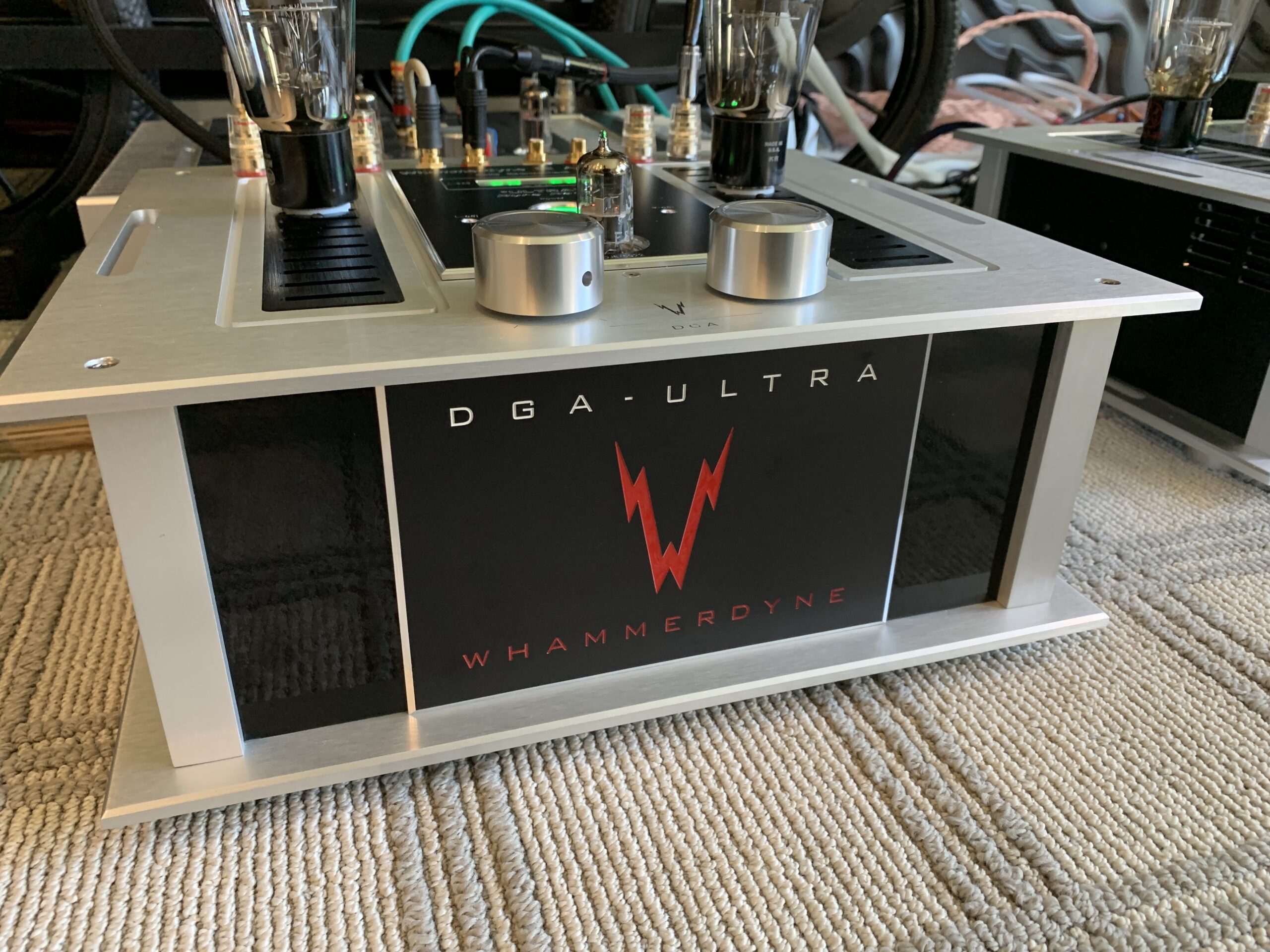Building a tube amp has been a dream of mine for a couple of years. Earlier this year, I was finally able to start my build which is now complete.
I was on a tight budget, and my main goal was to learn about tube/valve amp construction through this build, and not necessarily build the best possible amplifier. Thus I decided on the AX84 guitar amp circuit found online, more details are available here: http://ax84.rru.com/
Basically, it consists of two preamp stages using one 12AX7/ECC83 and a single-ended output stage using EL84. These being common valves made by BEL is another reason that I decided to go with this circuit. It is based on the vintage tube guitar amps of the '50 and '60s by Fender, Marshall, etc...
Here is the schematic:
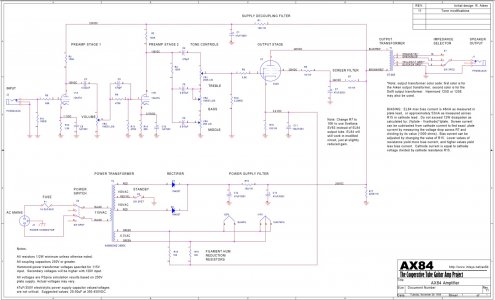
And here are some of my notes on the various stages:
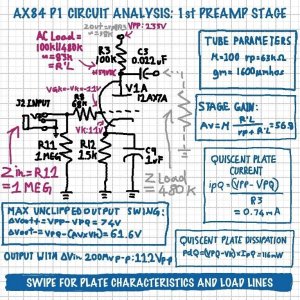
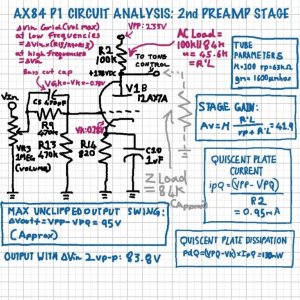
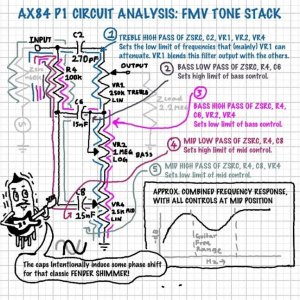
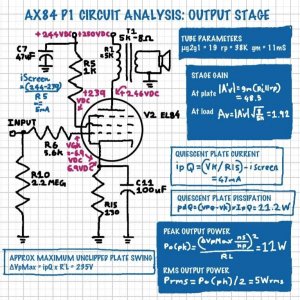
Started the build by fabricating the chassis from 18 gauge sheet-metal. Riveted on the tag strips for point-to-point wiring:
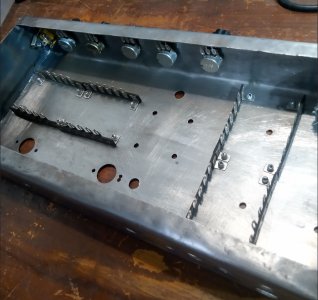
Here is the completed wiring:
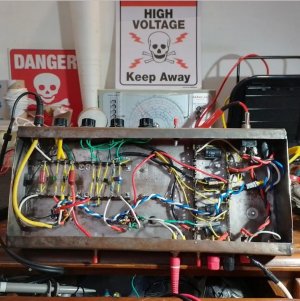
And the finished amp: Power and output transformers were salvaged from a junk valve radio chassis.
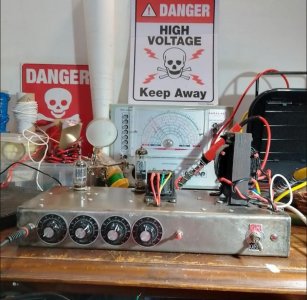
I tested each stage as I built the circuit. More more details on each part of the build, please refer to my 4-part vlog videos on YouTube:
Part 1, chassis fabrication and planning, power supply:
Part 2, filament wiring and power supply updates:
Part 3, wiring the amp stages and some problems with biasing:
Part 4, some tweaks, checking gain and power output, final test:
More pictures of the build and circuit details are available on my Instagram page: instagram.com/_electroidiot
I was on a tight budget, and my main goal was to learn about tube/valve amp construction through this build, and not necessarily build the best possible amplifier. Thus I decided on the AX84 guitar amp circuit found online, more details are available here: http://ax84.rru.com/
Basically, it consists of two preamp stages using one 12AX7/ECC83 and a single-ended output stage using EL84. These being common valves made by BEL is another reason that I decided to go with this circuit. It is based on the vintage tube guitar amps of the '50 and '60s by Fender, Marshall, etc...
Here is the schematic:

And here are some of my notes on the various stages:




Started the build by fabricating the chassis from 18 gauge sheet-metal. Riveted on the tag strips for point-to-point wiring:

Here is the completed wiring:

And the finished amp: Power and output transformers were salvaged from a junk valve radio chassis.

I tested each stage as I built the circuit. More more details on each part of the build, please refer to my 4-part vlog videos on YouTube:
Part 1, chassis fabrication and planning, power supply:
Part 2, filament wiring and power supply updates:
Part 3, wiring the amp stages and some problems with biasing:
Part 4, some tweaks, checking gain and power output, final test:
More pictures of the build and circuit details are available on my Instagram page: instagram.com/_electroidiot


